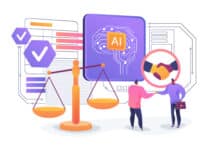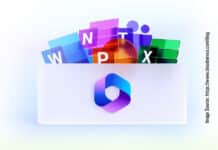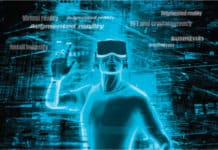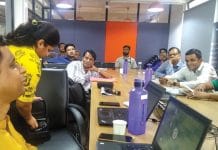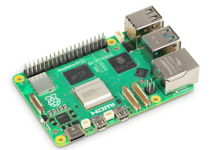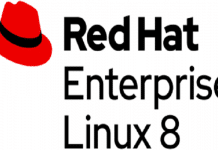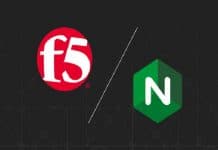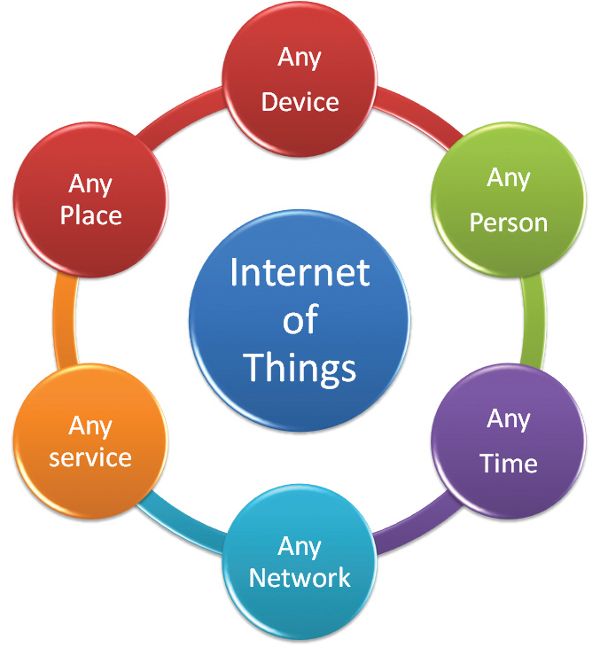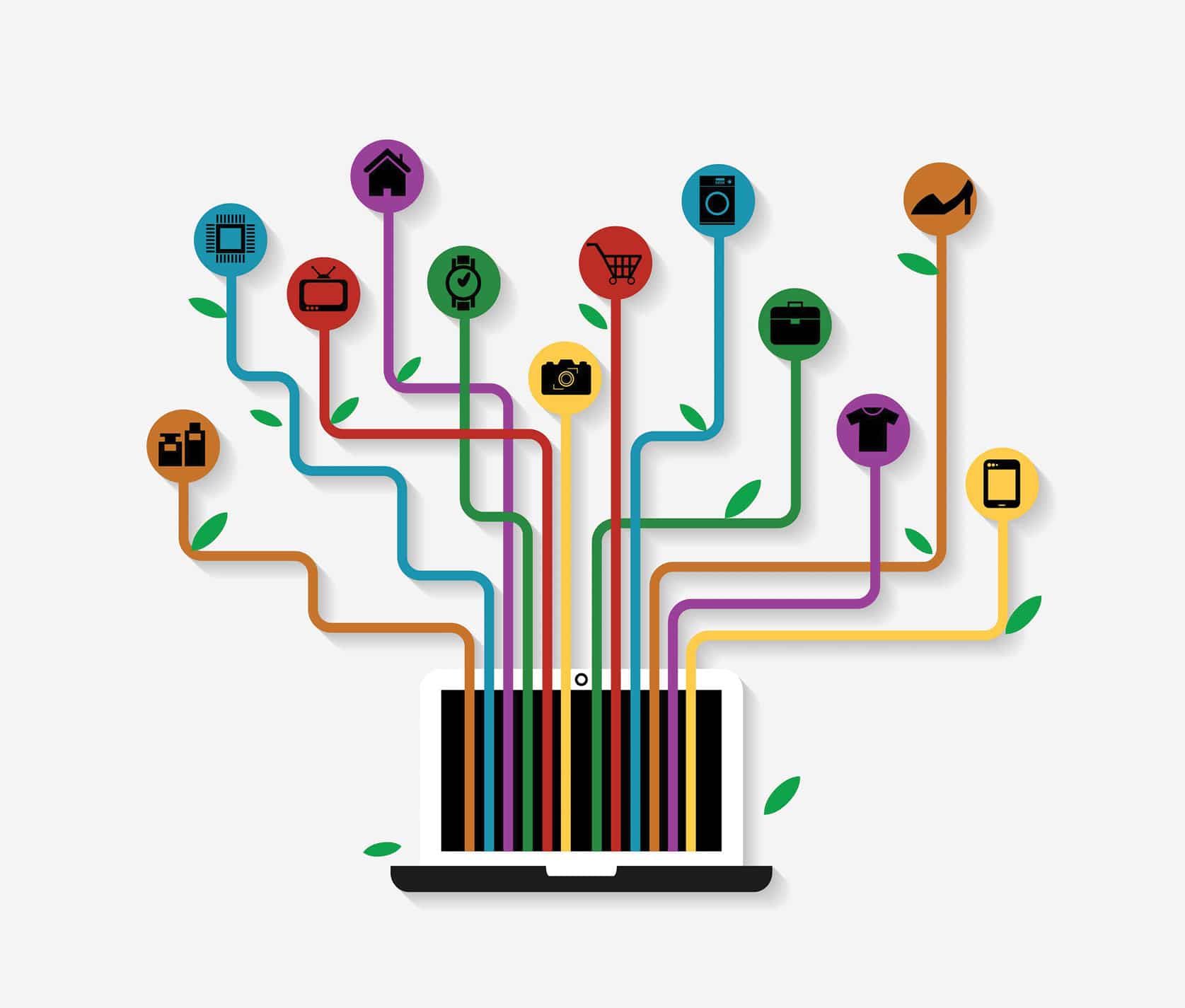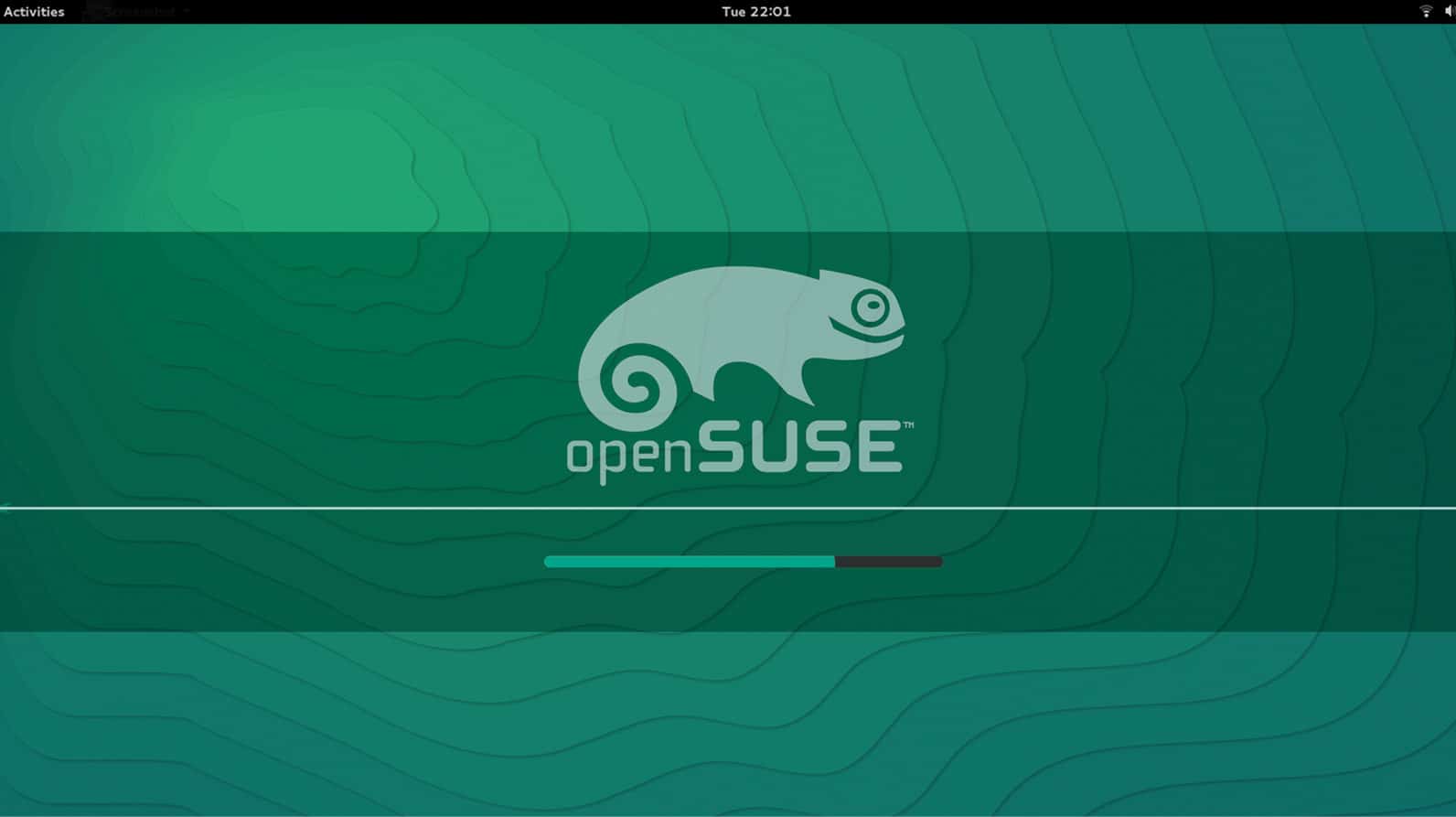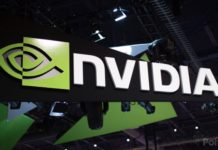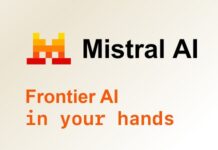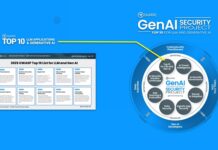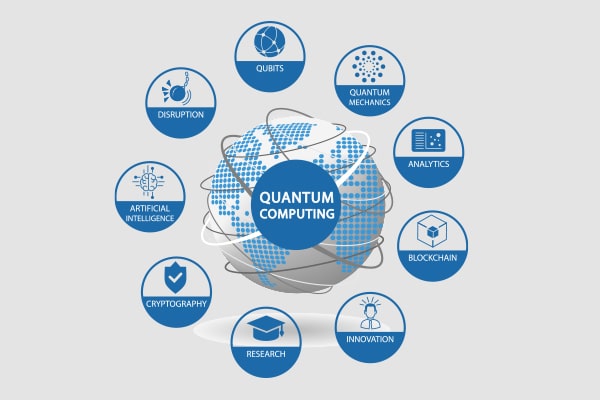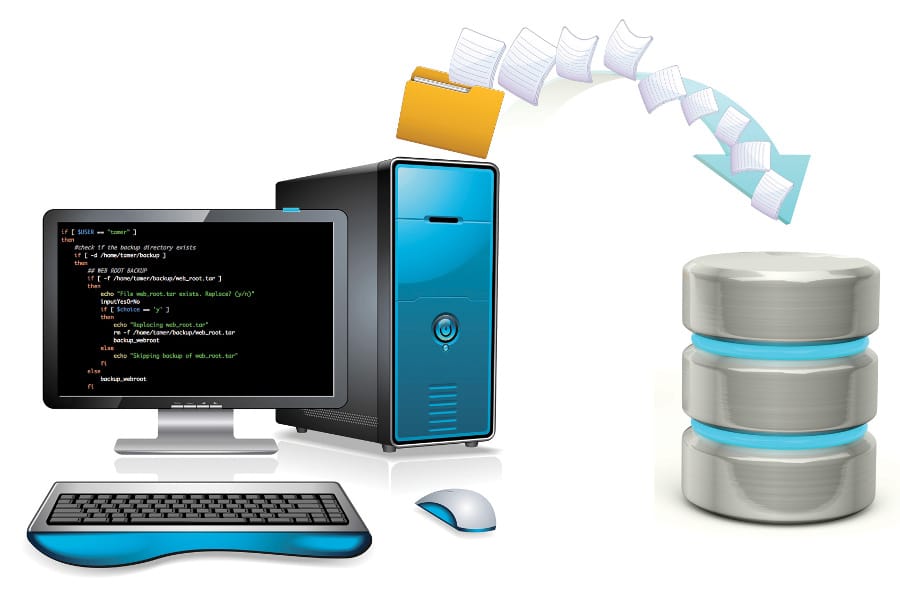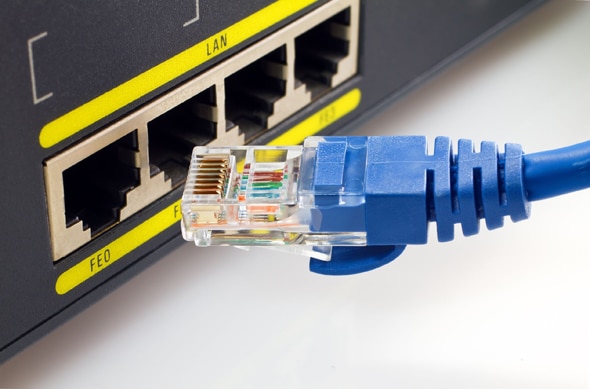Open source initiatives are breaking down the barriers to quantum computing, making it accessible to everyone. Explore what quantum computing is, the challenges of traditional adoption, how open source platforms are democratising the technology, and how you can get started in this exciting domain.
Imagine a small startup working on optimising supply chains for sustainable farming. Traditionally, they’d need powerful computing resources to model complex systems like weather patterns, crop yields, and transportation logistics—tasks that can take classical computers weeks or even months. Accessing quantum computing could solve these problems in hours, but the cost of quantum hardware and expertise often makes it inaccessible for smaller organisations. This is where open source quantum computing steps in.
|
Quantum computing is no longer a distant frontier—open source is making it a shared journey for everyone, unlocking limitless possibilities for innovation and collaboration. |
What is quantum computing?
Quantum computing is a new approach to computation that leverages the principles of quantum mechanics, a branch of physics that describes the behaviour of particles at the smallest scales (atoms and subatomic particles). Unlike classical computers, which process information in binary bits (0s or 1s), quantum computers use quantum bits, or qubits, that can exist in multiple states at once. This allows quantum computers to solve certain problems much faster and more efficiently than traditional systems.
Main challenges of quantum computing adoption
High costs of quantum hardware: Quantum systems require expensive, specialised components (e.g., superconducting qubits, cryogenic cooling), limiting access to small organisations and research labs.
Technical complexity and steep learning curve: Quantum computing involves complex principles (e.g., superposition, entanglement) that demand specialised knowledge, creating a steep learning curve for developers.
Limited access to quantum resources: Quantum hardware is scarce, and cloud platforms offer limited computational power and user access, slowing down development and innovation.
Quantum error correction and stability: Quantum computers are sensitive to noise and interference, making it challenging to maintain accuracy. Error correction methods are still evolving and not fully reliable.
What is the role of open source in quantum computing?
In the context of quantum computing, open source platforms allow developers, researchers, and organisations to collaborate, share resources, and build on existing tools without the need for costly proprietary solutions. Some key benefits of open source in quantum technology include:
Collaboration: Developers and researchers can work together to accelerate innovation.
Transparency: The open nature of the code allows for deeper understanding and trust in the software.
Cost-effective: Open source platforms eliminate licensing fees, making quantum computing more accessible to a wider range of users.
Flexibility: Users can modify the code to meet their specific needs, fostering creativity and customisation.
Open source platforms play a crucial role in democratising quantum computing by lowering technical and financial barriers. With open source tools, developers and researchers, especially those from smaller institutions or startups, can access and experiment with quantum computing software without needing to invest heavily in proprietary technology. This accessibility fosters wider participation and speeds up the development of quantum algorithms and applications.
Classical versus quantum computing
| Feature | Classical computing | Quantum computing |
| Basic unit of information |
Bit (0 or 1) | Qubit (can be 0, 1, or both at the same time due to superposition) |
| State representation | Binary states (either 0 or 1) | Superposition (0 and 1 simultaneously) |
| Processing method | Sequential, one operation at a time | Parallel, multiple calculations simultaneously |
| Computation speed | Limited by processing power, slower for complex problems | Potentially exponentially faster for certain problems (e.g., factoring large numbers) |
| Hardware | Based on traditional semiconductor technology (transistors) | Requires specialised quantum hardware (e.g., superconducting qubits, ion traps) |
| Current use | Used for almost all everyday applications | Experimental, used in specialised fields like research, finance, and healthcare |
| Availability | Widely available, accessible to everyone | Still in development, limited access (cloud-based quantum computers are becoming more common) |
| Scalability | Easily scalable with improvements in hardware | Challenges in scaling require breakthroughs in quantum technology |
Notable open source quantum computing projects
Several notable open source quantum computing projects have gained attention for their contributions to the field. These projects provide tools, frameworks, and platforms for researchers and developers to explore quantum algorithms and technologies. Some of the most prominent ones are discussed briefly below.
IBM’s Qiskit
Qiskit is an open source quantum computing software development kit (SDK) created by IBM. It allows users to write quantum algorithms, simulate quantum circuits, and run them on IBM’s quantum computers. Its main features are:
Quantum circuit creation: Allows users to create quantum circuits with ease, providing a high-level interface for building quantum programs.
Simulation: It supports the simulation of quantum circuits on classical computers, enabling algorithm development before execution on real quantum hardware.
Real hardware integration: Provides access to IBM’s quantum computers via the IBM Quantum Experience platform, allowing users to run algorithms on actual quantum processors.
Cross-platform compatibility: Can run on a range of devices, from personal computers to large-scale quantum processors.
Extensive libraries: Includes a variety of libraries for quantum machine learning, optimisation, and chemistry, among others.
Community contributions: As an open source project, Qiskit has a robust and active community, ensuring continuous improvement and support.
Google’s Cirq
Cirq is an open source quantum software library developed by Google for designing and simulating quantum circuits on quantum processors, particularly NISQ (Noisy Intermediate-Scale Quantum) devices. Its key features are:
- Especially optimised for Google’s quantum processors like Sycamore.
- Tools for constructing quantum algorithms and experimenting with them on simulators.
- Focus on quantum hardware and the challenges of noisy, intermediate-scale quantum devices.
Microsoft’s Quantum Development Kit (QDK)
Microsoft’s Quantum Development Kit includes the Q# programming language and tools to develop quantum algorithms. It also offers the Quantum Simulator for testing quantum algorithms without actual quantum hardware. Its main features are:
Q# programming language: This high-level language for quantum algorithms integrates with .NET languages like C#.
Quantum simulators: QDK includes simulators for small-scale circuits and resource estimation.
Quantum integration: Runs algorithms on quantum hardware via Azure Quantum.
Libraries for quantum algorithms: Has predefined libraries for quantum chemistry, machine learning, and cryptography.
Hybrid quantum-classical computing: QDK supports hybrid algorithms combining quantum and classical computations.
Cross-platform: Works on Windows, macOS, and Linux, integrating with the .NET cosystem.
Rigetti’s Forest SDK
Forest is an open source quantum computing platform from Rigetti, offering a suite of tools for programming, simulating, and accessing quantum hardware via the cloud. Its key features are:
- Includes the Quil programming language and tools for developing quantum algorithms.
- Access to Rigetti’s quantum computers through the cloud (via the Forest Cloud service).
- Simulators for testing quantum circuits before deploying them on real hardware.
PennyLane by Xanadu
PennyLane is an open source quantum machine learning (QML) framework developed by Xanadu, designed to combine quantum computing with machine learning and optimisation techniques. Its salient features are:
- Integration with popular machine learning libraries like TensorFlow and PyTorch.
- A focus on differentiable quantum programming for quantum machine learning tasks.
- Supports a wide range of quantum hardware backends.
How to get started with quantum computing using open source
Start with the basics: Begin by understanding quantum mechanics fundamentals, such as qubits, superposition, and entanglement. Familiarise yourself with quantum gates, circuits, and algorithms.
Work with simulators first: Before accessing actual quantum hardware, use simulators available on platforms like Qiskit, Cirq, or Rigetti’s Forest. These tools allow you to experiment without needing physical quantum machines.
Follow tutorials and examples: Follow beginner tutorials and build simple quantum algorithms. Many open source frameworks, like Qiskit and Cirq, offer beginner-friendly examples to guide you through your first projects.
Join the community: Engage with online forums and communities (like Qiskit’s community, Stack Exchange, and GitHub) where you can ask questions, share your progress, and collaborate with other learners.
Focus on small projects: Start with small quantum programming projects, such as creating a quantum circuit that solves simple problems like a quantum random number generator or implementing Grover’s search algorithm. This will help you build your understanding progressively.
I encourage you to explore the exciting world of open source quantum computing. Whether you’re a beginner or an expert, there are numerous projects, tutorials, and communities to help you get started. Contributing to these initiatives will not only advance your own understanding but also support the growth of a global quantum ecosystem. Start today—your participation could help shape the future of quantum computing!





